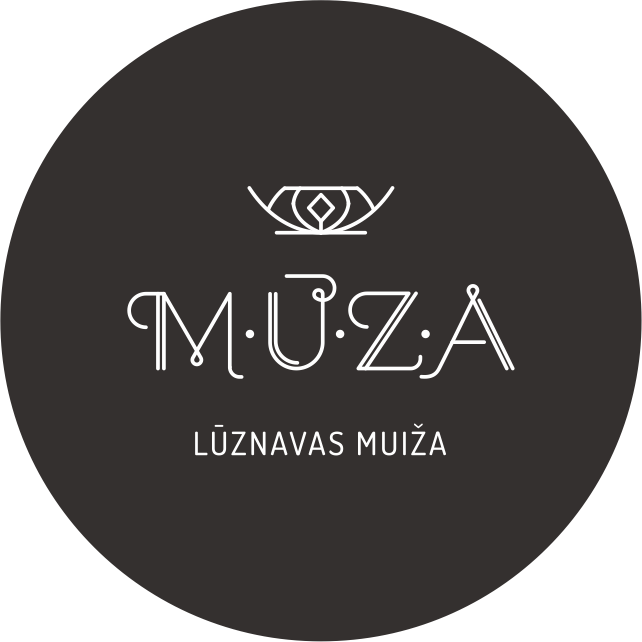NASTURTIUM, INDIAN CRESS
Latvian: krese lielā
Indian cress is an annual plant with shield-shaped leaves without leaflets, which are
located on long petioles. The stem is fleshy, strongly branched, smooth and often
grows up to 1 m in length. Flowers solitary, bisexual, zygomorphic, endowed with a
pleasant aroma. Petals five, orange with red stripes, cilia along the base of the
petals.
Fruit - dry, divided into three parts, one seed in each part. When ripe, the fruit splits
open and the seeds spill out. The plant begins to bloom in early summer and continues to bloom until late autumn. All parts of the plant have a spicy smell and
taste.
The above-ground part of the plant (leaves, flowers, fruits and seeds) is used for
medicinal purposes. The leaves and flowers are used fresh throughout the summer.
When harvesting the above-ground part of the plant, the leafy and flowering parts of
the stems must be carefully cut. The stems are dried in the shade, in the fresh air.
The collected material is spread on sieves, in a thin layer, regularly stirring the drug
during drying.
Fruits for culinary purposes are harvested unripe, but for medicinal purposes they
are harvested only ripe, after drying in fresh air or in forced dryers, not exceeding
40C temperature. After drying, remove the seeds from the boxes.
MEDICINAL SIGNIFICANCE
Indian cress is not used in official medicine, it is a distinct folk medicine. However, its
medicinal properties are valuable: it has a beneficial effect on the nervous system,
stimulates the immune system, improves the functioning of the cardiovascular
system, improves appetite, accelerates the metabolism, helps to remove toxins and
toxins from the body.
Few people in Latvia know that the large watercress has many medicinal properties,
because the plant is not local and can be found in nature, basically, only in gardens.
Its homeland is South America and there it is used to treat more than 100 diseases.
Dried leaves and flowers are used to get rid of depression, depression, increased
irritability and nervous tension. Scurvy, anemia, skin rashes and kidney stone
disease are treated with water solutions. Decoctions with honey are used to rinse the
mouth to prevent various infectious diseases and stomatitis.
In Europe, this plant is used quite often and has its own contraindications. In
Germany, watercress juice is used to treat chronic bronchial catarrh.
Mainly, preparations of watercress are used to treat lung diseases, colds, angina,
respiratory diseases, lymph node inflammations, kidney and gallstone diseases,
scurvy, weakness, vitamin deficiency, anemia, skin rashes, atherosclerosis,
helminthosis, fever, intoxications, impotence, angina pectoris and cardiac ischemia,
hypertension, cystitis, urethritis, burns, lipomas, warts, polyps, thyroid diseases,
rheumatism, gout, diabetes, baldness, scabies, as well as during the climacteric
period.
NOT RECOMMENDED FOR USE
When using watercress in large quantities and often, it can irritate the mucous walls
of the digestive tract, so people who suffer from stomach ulcers and gastritis should
use this plant carefully.
The plant is not recommended during pregnancy and lactation, and it is also not
recommended to treat small children with it. The plant can also cause an allergic
reaction.
IMPORTANCE OF FOOD
The above-ground part of watercress is edible, especially the leaves, flower buds
and unripe fruits. Mainly, the harvested parts are used for salads. Wine extracts are
also often prepared to obtain a vitaminized tonic.
The peculiarity of the plant is its mild spiciness and the acidity provided by vitamin C.
Therefore, it is widely used as an additive rather than as an individual food unit.
agfonds.lv
Augu katalogs ir tapis ar Eiropas Savienības finansiālu atbalstu Pārrobežu sadarbības programmas 2014.–2020. gadam projekta LVIII-062 “Versts of Feelings 2” ietvaros


